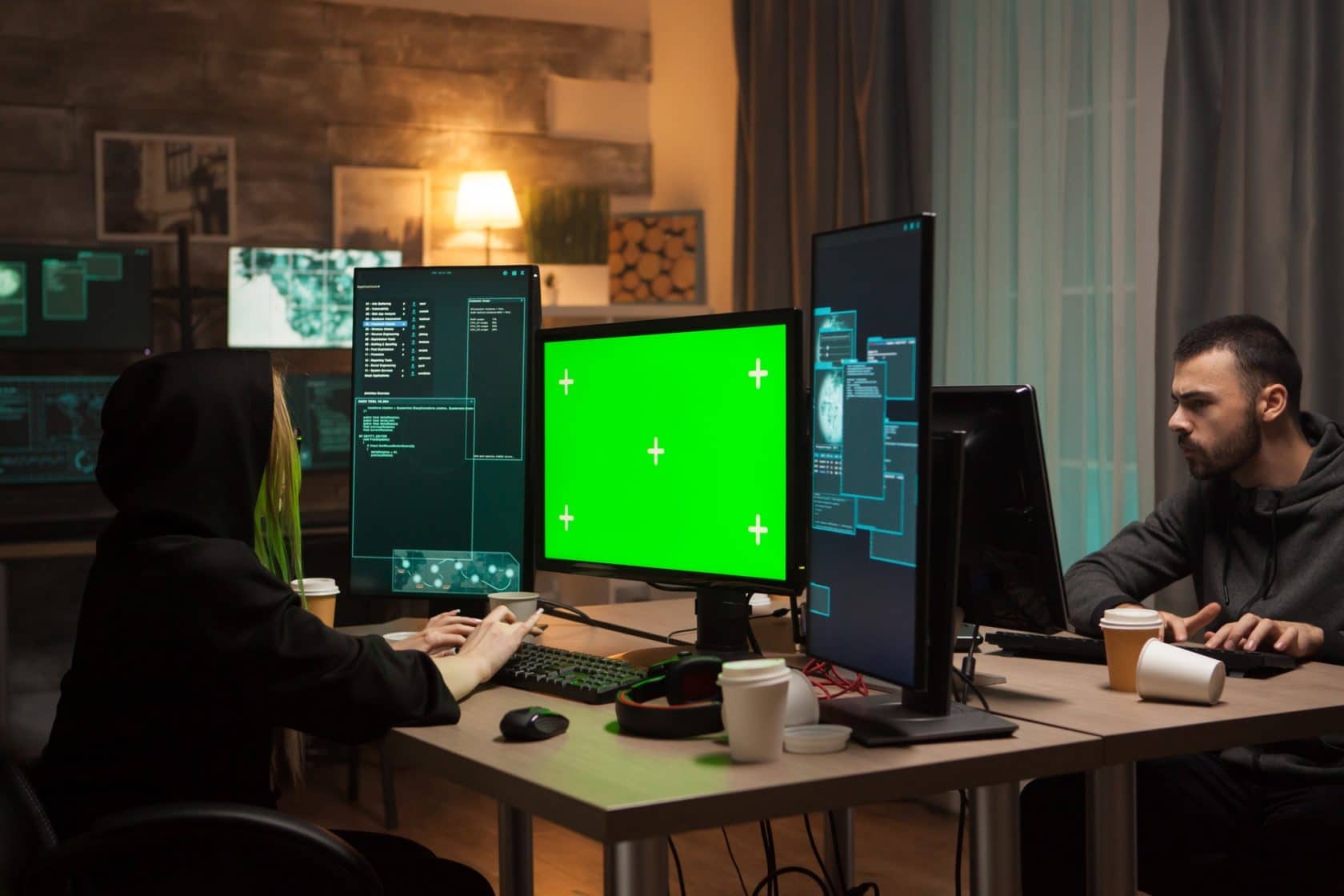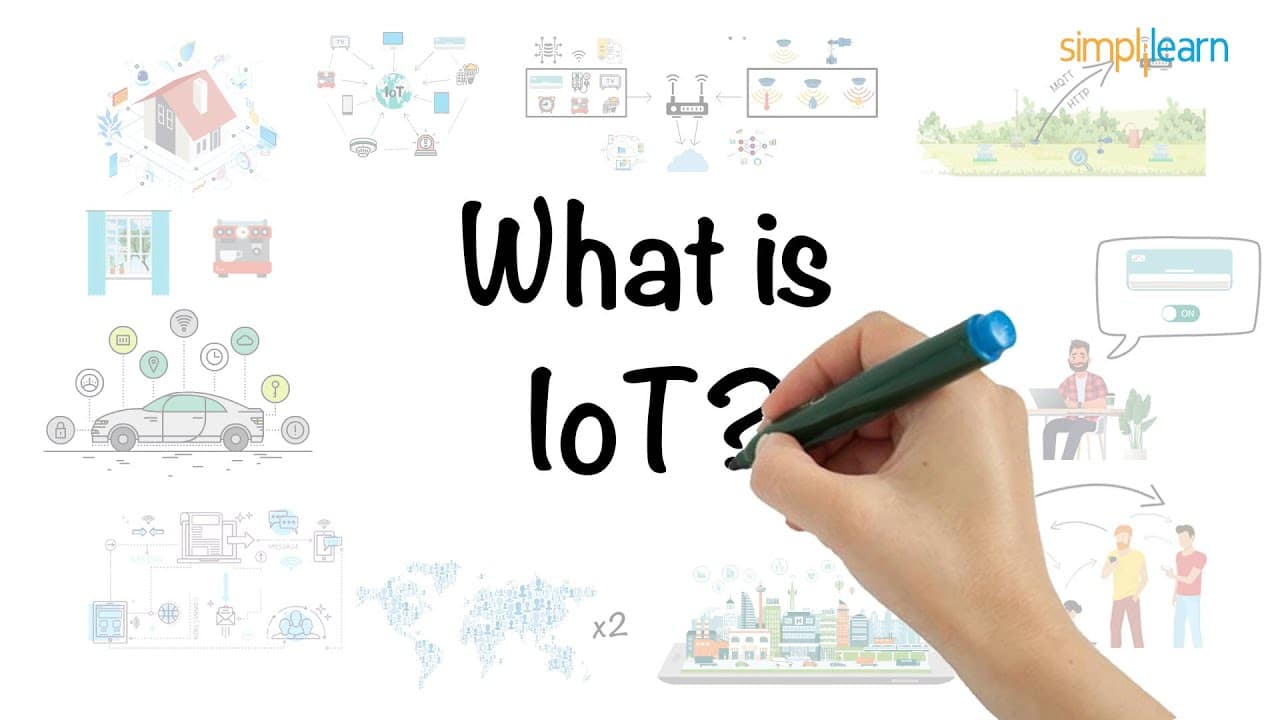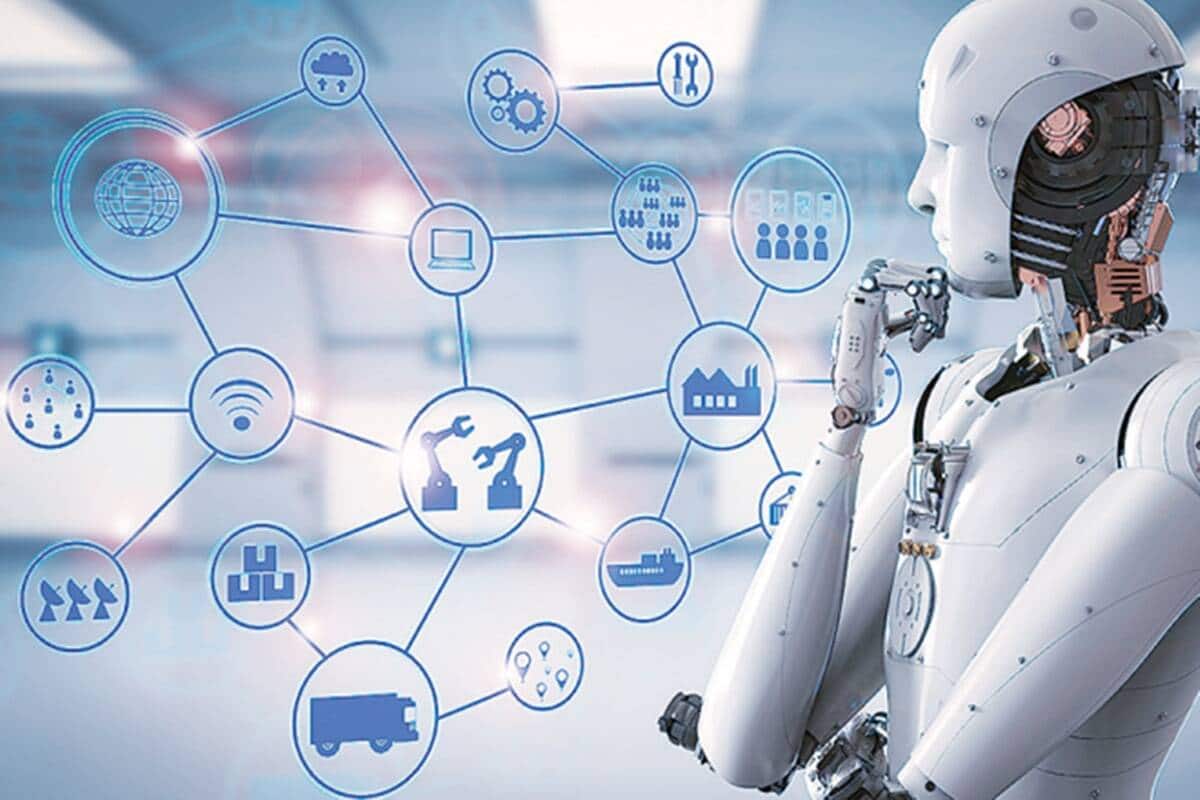There are many topics where expert opinion carries more weight because the subject matter is complex, and it carries implications for all of us. One such matter is the dangers of IoT.
The current enfant terrible of IT – the IoT – is certainly one of them.
When you think about it, the middle-aged office workers of today have come from an era of faxes and phones to a sci-fi reality of cloud computing, machine learning, and a globe connected by AI on 5G.
A huge leap for a single lifetime, no matter how blasé younger workplace entrants might be about tech’s abilities in 2020.
Industrial workers, too, are assimilating tech inputs as equally commonplace nowadays.
But simply because we can… should we?
Must Read: How IoT Will Impact The Web Development?
What are the working implications and dangers of IoT?
Chiefly, the reality where we’ll connect everything to everything – possibly the grandest and most visible manifestation of tech’s evolution.
The push-button consumer paradise is coming, and the commercial efficiency depicted in those old sci-fi movies is here for business, too.

Most people will have nothing to do with the IoT’s development and implementation but will certainly be impacted by it. Indeed, when talking to a top London-based IT outfit like EC-MSP, it becomes apparent that the IT community has a few immediate concerns around the IoT as it stands now, and as it is imagined for the future.
Where’s the compass?
Firstly, the IoT is imagined (and is being implemented) as a falling-from-the-sky, wholesale implementation.
All companies will stick connectivity on everything because as soon as one finds greater efficiency from the IoT, it will shift processes and profitability for all industry players. The days where a business could stick to the “old ways” have gone – today’s businesses are forced to compete on the tech platform as much as any other.
If one store implements Beacon technology and uses it to transform CX, it either becomes a dividing line between consumers who value it and those who find it invasive or, more often, it ups consumers’ expectations of every retail outlet.
What exactly is the IoT, and how do we define its entitlement, if you will, as it impacts everyone on the planet?
While the IoT will integrate things, yes, it will also automate the current realities of people working within the paradigm of things’ capabilities.
In other words, a machinist develops skills and works well within the limitations of a lathe, upon which he turns components. With the IoT, that lathe has intelligence now, it counts its own hours, and might cease to perform when certain requirements are not being met.
Additionally, the components being made on that lathe are likely to need an electronic tag or intelligence of their own, which will further complicate the demands made of that manufacturing process.
So, what?
Well, not much, in theory – people work within the paradigm of machines’ capabilities now, as it stands, but the input of both intelligent machines and the more intelligent components they produce is likely to change a process like that, possibly quite dramatically.

How dramatically?
That’s the thing – it’s an unknown right now, in the comprehensive ‘intelligising’ of machinery and appliances the IoT is bringing. Hence the need for clear direction.
How will the IoT improve a process like that?
More punctual machine maintenance and greater workflow efficiency are logical expectations of the IoT stuck onto that scenario, but what else?
Companies will need to draw on logical deduction and any case studies they can find, in order to define how M2M and overall factory or store process is improved by the IoT. From there, no doubt a great many further possibilities will develop, but the IoT implementation on the shop floor will be greatly aided – and allow companies to avoid wasteful expenditure and the corruption of factory process or the consumer experience – when it’s initially clearly defined as intended to do this or that, but not the other.
Machine intelligence needs to make everything, well, more intelligent
Secondly, quite apart from disrupting legacy processes, the IoT might eliminate them altogether – or at least their human component.
Factories, particularly, are given to automation, having been home to machines for a hundred plus years. That brings us to another IoT concern – safety and security.

When machines are learning how to make and install microprocessors into shoes, kettles, toasters, and window frames, how safe will that be for the humans inhabiting, wearing, or employing the habitats, goods and clothing machines make?
Where does liability rest in the highly intelligent and automated future?
Engineers – human or machine – are going to literally build the human environment
In that scenario, the robotic (and likely remote) control of every aspect of that environment is a potential minefield for personal safety. Ironing out the glitches is fine when it’s done in factory trials. Spawning an entire environment that adds possible glitches on a daily or weekly basis is something else entirely.
Electrical appliances with their own intelligence, in communication with remote intelligence?
The odds on your toaster setting the kitchen alight are going to go through the roof.
Apart from safety, privacy is set to undergo even further redefinition (or reduction) under the IoT. Amazon’s Ring has given us the first glimpse of peeping-tom possibilities, and that’s but a smidgen in comparison to the universe of possibility opening on the back of the IoT.
Now, a plethora of gadgets, components, and processes are going to manifest, made by people who never had a need for any understanding of cyber or real-time physical security. Machines can be taught how to factor that in, where machines are the engineers, but there’s likely to be an ugly, steep learning curve.
For individuals and companies, they’ll need to have a clear mandate, as well as a comprehensive string of possibilities – with relevant checks and balances in place – before implementing anything.
And the default?
IoT processes that fail, need to fail safely
In other words, rolling out of the IoT can best be aided by a major focus on safety, where both manufacturers and those who employ their goods insist that if anything goes wrong, then everything stops.
It might be the least palatable scenario to industry, but it’s the only way we’re going to avoid potentially ghastly human statistics of the near future.


There are many factors that make IoT security critical today. Threats and risks. IoT security is critical largely because of the expanded attack.